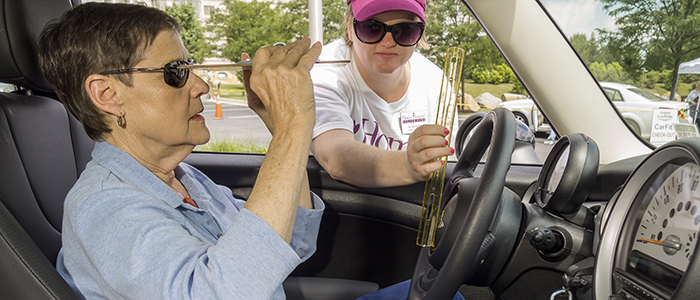Every year in the US approximately 10,000 people die in car accidents caused by drunk drivers. In an effort to prevent these types of accidents, states have been introducing Ignition Interlock Laws. The ignition interlock is a device that is connected to the ignition of a car. When a driver wants to start a car with this type of device he has to breath in the ignition interlock. If alcohol is detected and is above the legal BAC limit for the state, the car doesn’t start. All states now have ignition interlock laws but some are more permissive than others. Globally there are 3 types of laws. “Permissive” laws are at the discretion of the judge or other sentencing authority. “Partial Laws” apply only to a certain type of offenders for example only repeat DUI offenders. Mandatory Laws apply to all drivers convicted of DUI. At the beginning of last year, 26 states had mandatory laws, 22 had partial laws and 2 had permissive laws.
A recent study published in the American Journal of Preventive Medicine found that states with mandatory ignition interlock laws had a 7% decline in fatal crashes related to DUI. The study was conducted by Emma E. McGinty, PhD, MS; Gregory Tung, PhD, MPH,; Juliana Shulman-Laniel, MPH; Rose Hardy, MPH; Lainie Rutkow, JD, PhD, MPH; Shannon Frattaroli, PhD, MPH; and Jon S. Vernick, JD, MPH all from Johns Hopkins Bloomberg School of Public Health and Colorado School of Public Health.
The researches analyzed crash data from the National Highway Traffic Safety Administration’s Fatality Analysis Reporting System (FARS) over a 32 year period. They compared the number of alcohol related fatal crashes before and after the ignition interlock laws were adopted by the various states. The study demonstrates that mandatory ignition laws are much more effective than the permissive or partial laws at preventing drunk driving fatal accidents.
 Senior drivers have a higher risk of dying in a car crash than younger drivers. Some inexpensive car accessories can help older drivers to drive more safely and prevent accidents but only 10% take advantage of them.
Senior drivers have a higher risk of dying in a car crash than younger drivers. Some inexpensive car accessories can help older drivers to drive more safely and prevent accidents but only 10% take advantage of them. New York Personal Injury Attorneys Blog
New York Personal Injury Attorneys Blog




 The
The 

 People who are driving after recovering from a
People who are driving after recovering from a 